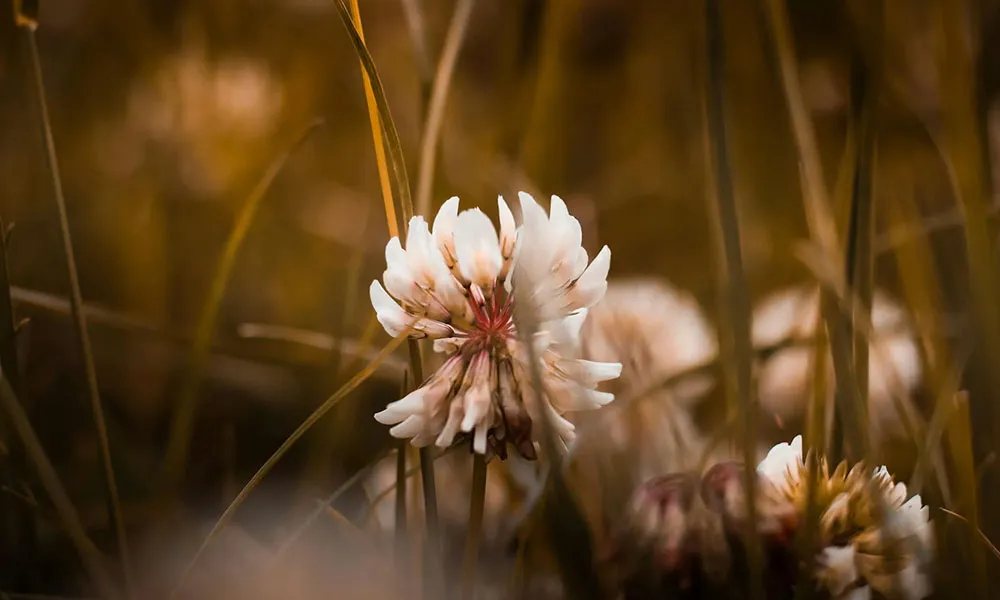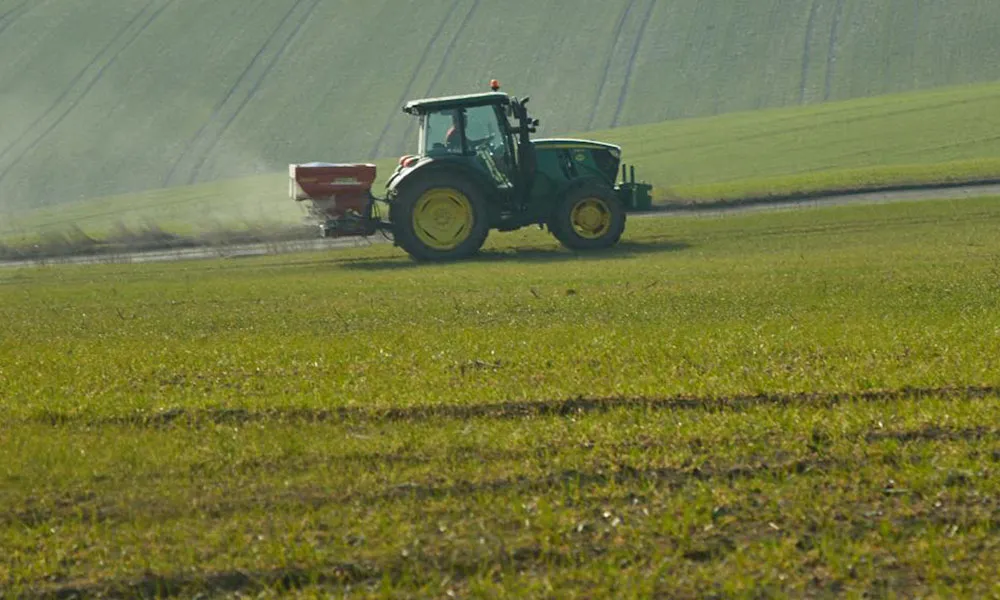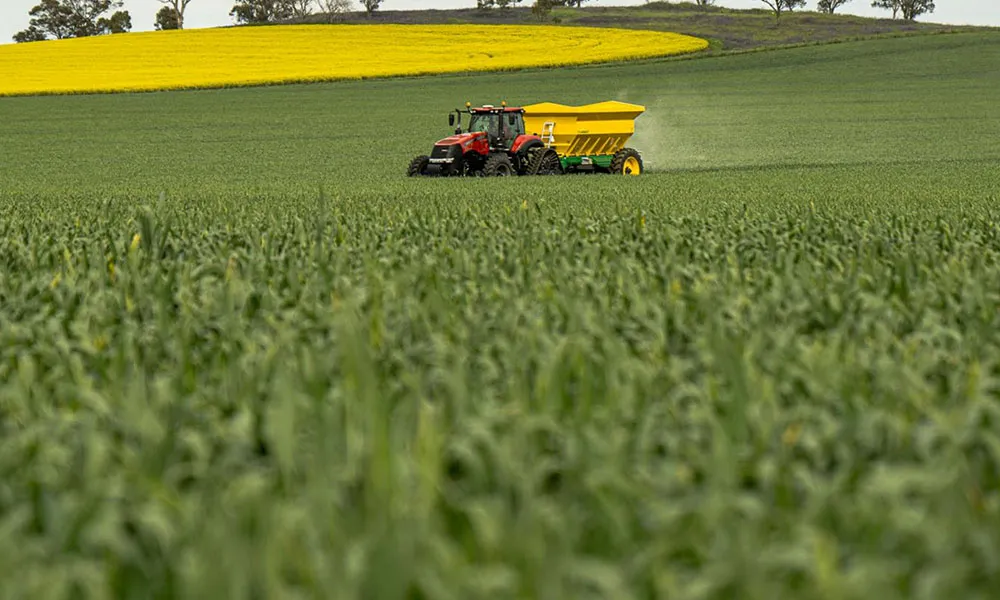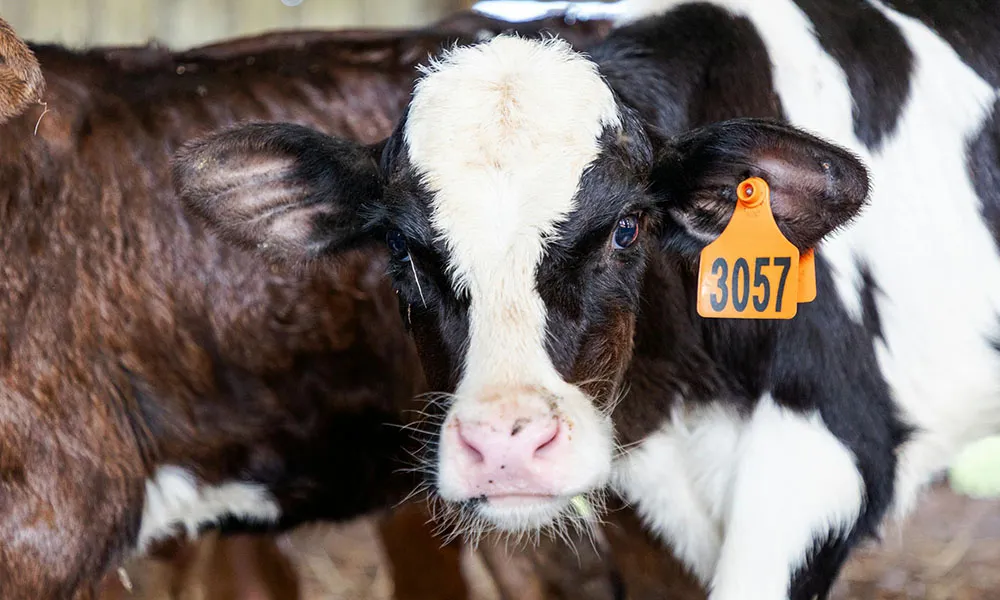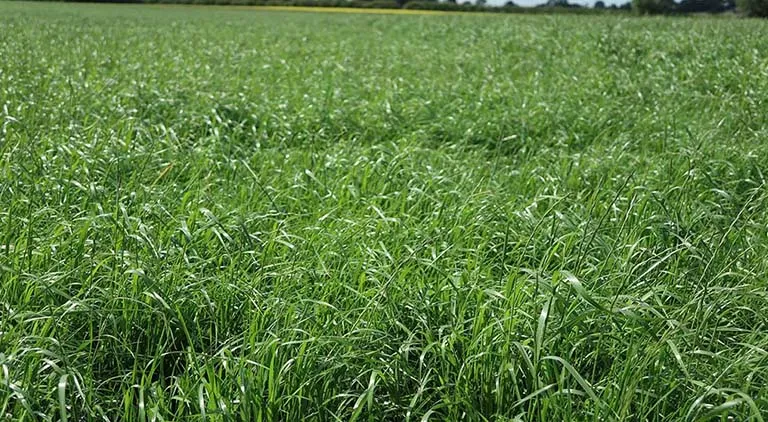
Why Invest in Reseeding?
Reseeding is undertaken on Irish farms for many reasons, with performance at the very top of the list. Over time grass plants will gradually lose their performance. This is a major problem for farmers, as they aim for the best possible performance from their land and livestock. When reseeding takes place a much larger amount of grass is grown which means the amount of fertilizer you need to spread is reduced, the stocking rate of animals can be increased, and the land should at the end of the day make more profit. Reseeding can also help control weeds which may have caused problems over the years – another huge benefit.
Picking the Right Seed Mix
When picking the perfect seed mix to suit you, many things must be considered e.g., spring and autumn growth, quality, heading date etc. Teagasc have developed the Pasture Profit Index which outlines the performance of each variety in different departments. The index gives a clear picture of how a seed mix will perform and act.
Grazing
In terms of choosing a grazing mix, the main things you need focus on is spring and autumn growth performance. Early turn out of animals can make a huge difference to wintering costs so spring growth after a long, hard winter is a huge bonus. A saving of €2 per cow can be made for every extra day a cow is out at grass. An ideal variety for spring growth is Oakpark, which has a high preforming spring and autumn growth along with a late heading date (2nd June).
This is available in our Blue Diamond Hi-Density 12kg mix which comes with or without clover. Clover has many benefits. It can fix nitrogen in the soil which then becomes available for the grass plants’ use. It is also an excellent feed for animal performance.
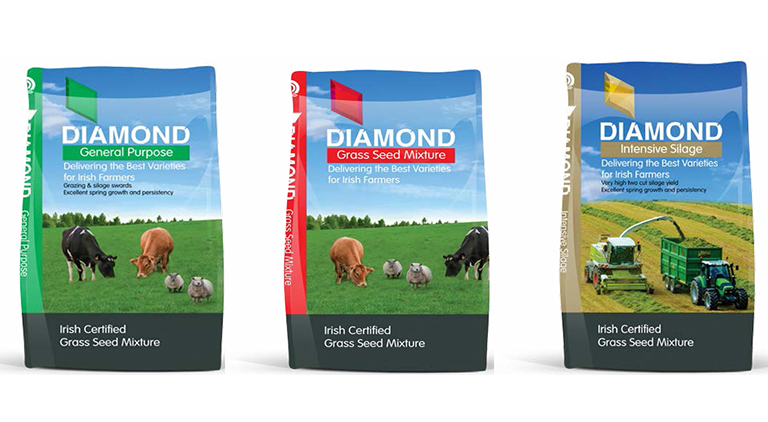
Silage
For a silage mix the vital components are the heading date, yield and digestibility. The ‘heading out’ of grass is when the grass plant is in a stage of reproduction and forms a seed head at the top of the plant. This is a problem for farmers as the quality of the grass falls once this happens. As a result, you should base your silage mix on the date you usually cut your first cut silage.
On most Irish farms, dairy farmers aim to make high quality silage around the last week of May; and as a result, an intermediate heading variety like Fintona is ideal because its heading date is at the end of May (24th May). This variety is the main component in our Gold Diamond Intensive Silage 12kg and has a high growth rate in both autumn and spring. This makes it ideal for grazing before closing for silage in early spring or grazing the after grass in the later months of the year. Some suckler and drystock farmers may look for quantity over quality and may not cut until mid-June, which means a seed mix with a later heading date would be more suitable.
Yield and digestibility are also big factors in choosing seed varieties. Ideally you want to choose a seed mix that grows a good crop of grass but maintains a high quality. This is especially important to dairy farms as the higher the digestibility of the silage, the less the cows will need to eat and the more milk they will produce. It is also important to farms finishing animals as higher quality silage will mean higher live weight gains and a reduction in meal costs.
Land Type
Just like any crop, some grass varieties grow better than others depending on the soil and land type. Some varieties like the wet, some like the dry and most like good quality soil. Unfortunately for some of us in Ireland we have heavy, peaty soil which is quite wet for a large chunk of the year. As a result, some seed mixes have been developed for these exact conditions. An example of this is the Red Diamond Heavy Land mix which contains Timothy. Timothy grows well in wet and peaty soils and has superior winter hardiness to other varieties. The Oakpark variety is the main component of this seed mix and adds performance and quality to the hardiness of the Timothy. This means the mix still maintains high performing spring growth, good digestibility, and excellent sward density.
Tetraploid or Diploid?
One other thought you must give to picking a seed mix is whether a diploid or tetraploid grass type is more suitable for you. A diploid grass plant tillers (thickens) much better than a tetraploid plant. As a result, reseeding using tetraploid varieties can lead to a lower grass cover and a patchier sward. However, this has its benefits if you want to integrate clover into a sward.
Tetraploids also have other benefits. They have a higher water holding ability which makes the grass more palatable to animals. This leads to a higher grazing clean out. Due to the advantages of both diploids and tetraploids, both are regularly seen in the same seed mix e.g., Green Diamond General Purpose 12kg; but often diploid varieties are more popular and more prominent in a seed mix.





